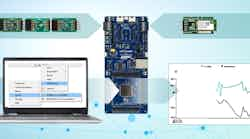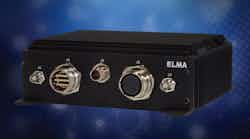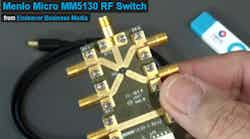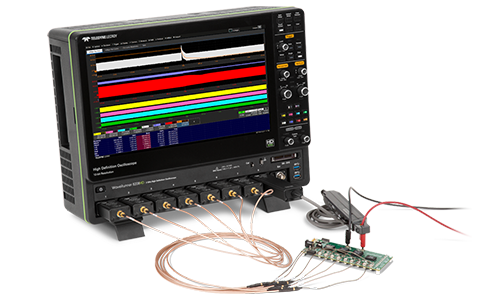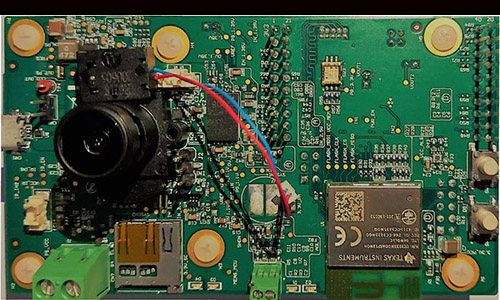Plextek is using Oculus Rift, a virtual reality gaming headset, to develop a series of immersive telepresence technology concepts. Immersive telepresence uses a video communications system to simulate complete user immersion in a remote location. Among endless possible use cases, it could help drive efficiency in the medical industry by allowing healthcare professionals to carry out remote examinations and diagnoses.
Using a forward-facing camera on the Oculus Rift to achieve a fully immersive virtual reality effect brings difficulties in accurately aligning the real and virtual world whilst maintaining a low latency. Low latency is a necessity in these applications to avoid nausea, as a delay of more than a few tens of milliseconds can significantly degrade the user experience.
Plextek uses a steerable remote camera that tracks the user’s head, allowing an interactive and high-quality immersion experience. Both HD video and tracking control are passed wirelessly between the Oculus Rift and remote head, and they must achieve the required low latency and high bandwidth that will minimize lag and maximize transmission quality. Users then can look around with the remote camera mimicking their head position to maintain a realistic and immersive visual scene.










